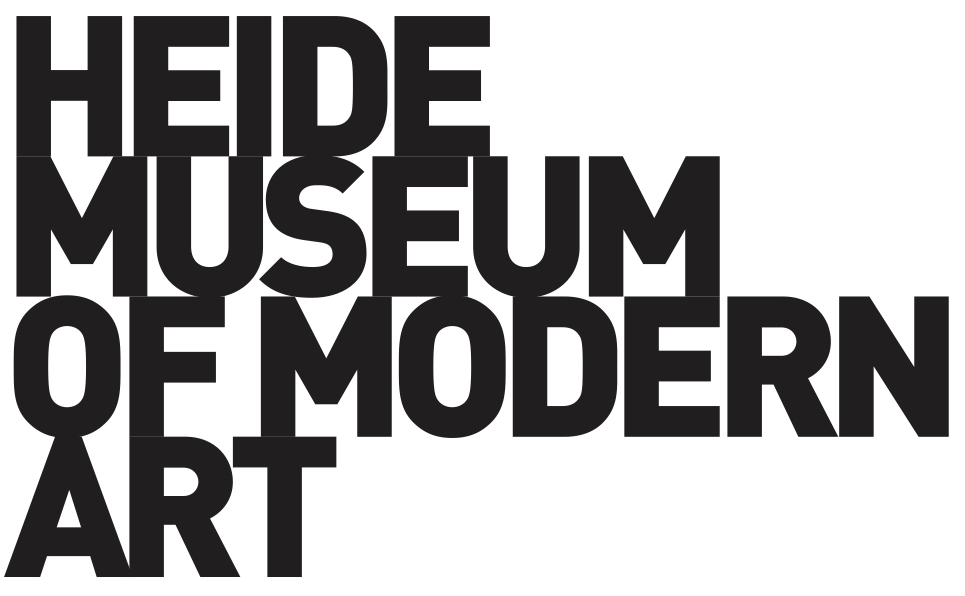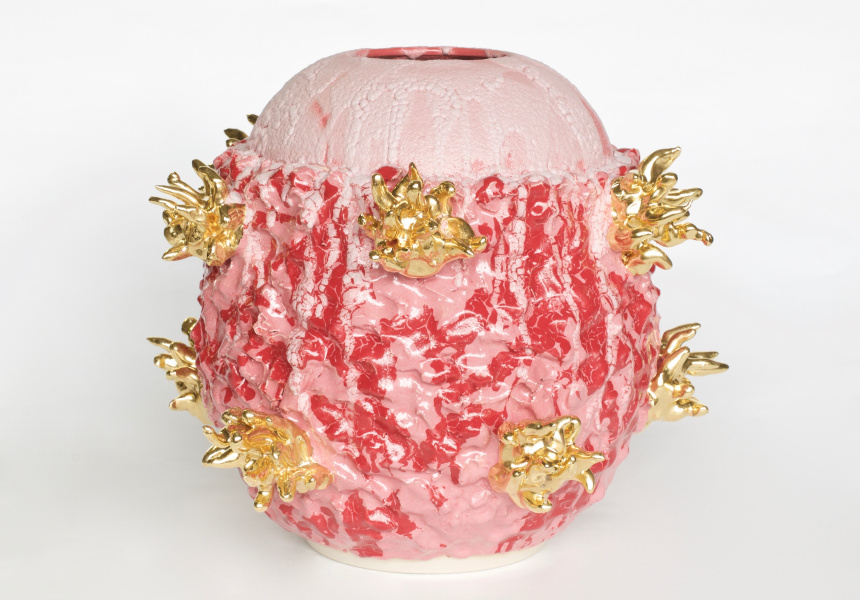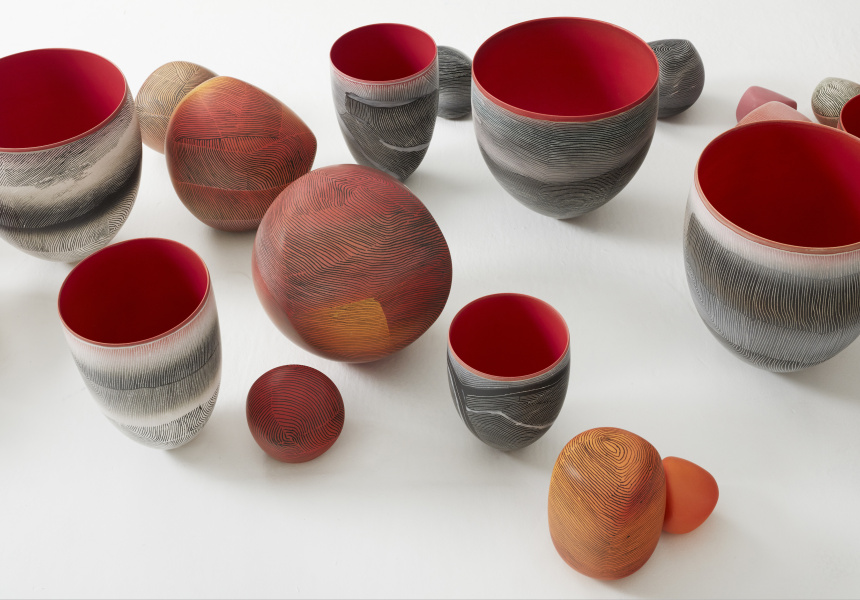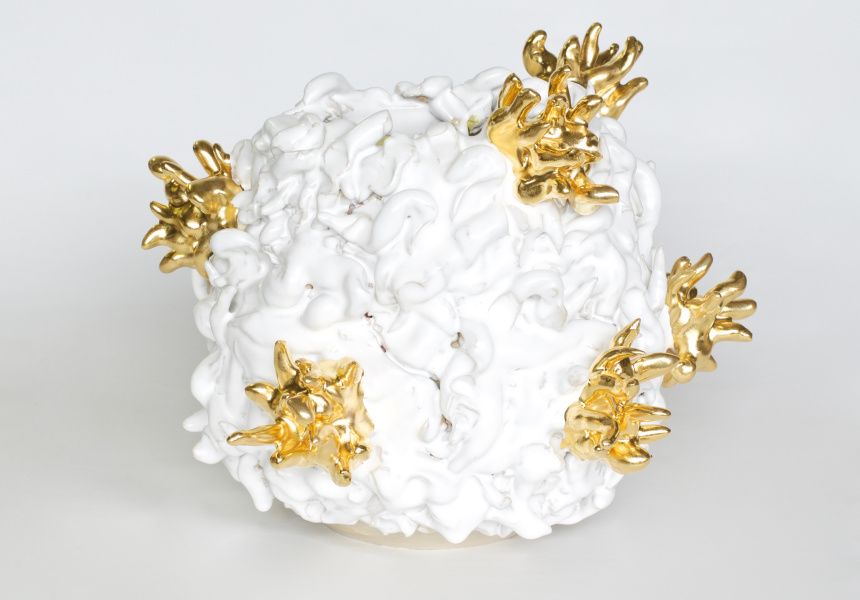To varying degrees, almost all art forms address the meta-narrative of what art is. Perhaps none more so than ceramics, where creativity and expression has always overlapped with utility.
The question of where form ends and function begins is central to An Idea Needing to Be Made, a new exhibition of contemporary ceramics at Heide that brings together an eclectic range of artists. Artistic Director and co-curator Lesley Harding says the artists are united by their interest in what is perhaps the single most fundamental form of human work in clay: the vessel.
“This exhibition brings together a group of artists who have interesting things to say about the vessel form and its many possible futures,” says Harding. “But [co-curator] Glenn Barkley and I are also interested in how the past and its traditions play out in the work of contemporary practitioners. We wanted to gently pose questions with the exhibition rather than present resolutions.”
Join Broadsheet Access for exclusive invites to new venue openings in your city, plus other hot–ticket events. Membership starts at just $12 a month for an annual membership.
Join NowThat theme is explored through a diverse line-up of established names. Gwyn Hanssen Pigott, an Australian artist whose transition from functional ware to artwork provided something of a roadmap for the exhibition, and UK ceramicist Kate Malone (a judge on the BBC’s Great Pottery Throw Down), rub shoulders with less familiar names like Benin-born, France-based artist King Houndekpinkou and New Zealand-based “potter, artist, ceramicist, eco-warrior and tea drinker” Laurie Steer.
“It’s a real mix,” says Harding. “We deliberately selected artists whose work is [very] distinct from one another, and who come from a diversity of cultural backgrounds and experiences.
Why does Harding think contemporary artists are drawn to the ancient form? “At some point most artists who work with clay will look at the vessel form and think about it in terms of their own practice. They’ll either decide to not go there, or they will and see what they can do with it that might present another take,” she explains. “The expansive history of the vessel provides a set of parameters for artists to work within.”
She also thinks it’s that traditional aspect that presents an exciting challenge to contemporary artists. “We all use vessels in some shape or form every day, and people have done so for hundreds and thousands of years,” says Harding. “[The form] is a great leveler, and it’s a connecting device between eras and cultures. Ceramicists respect that and know where they’ve come from in a way you don’t necessarily see in other forms of art.
This begs the question: does Harding think the relationship between art and function has changed in this era of mass production?
“That’s something that’s been talked about for a long time,” she says. “Artists who use the language of the vase, the bowl or the container need to confront this push-pull dynamic. But it is also a question that ancient civilisations faced. While the vessel has been necessary for sustenance and sanitation, it has also long been a canvas for decoration and even story-telling. We don’t often stop to think about the physical properties of the objects we use every day, but an exhibition such as this gives us pause to reflect.”
Interestingly, if anything, this seems to have driven a boom in ceramics – last year, the Guardian ran a trend piece about the surge of interest in pottery at auction, and at a grassroots level a growing number of people are taking pottery-wheel classes. This includes Harding herself: “I took classes so I could have a mental break, and make something that’s both useful and beautiful,” she says. “It’s a way of slowing down, a meditative process, and about using your hands and your eyes both consciously and intuitively. You can see it as a counterpoint to the fact that we’re sitting in front of computers every day and craving more contact, literally, with the earth.”
Broadsheet is a proud media partner of Heide Museum of Modern Art.




